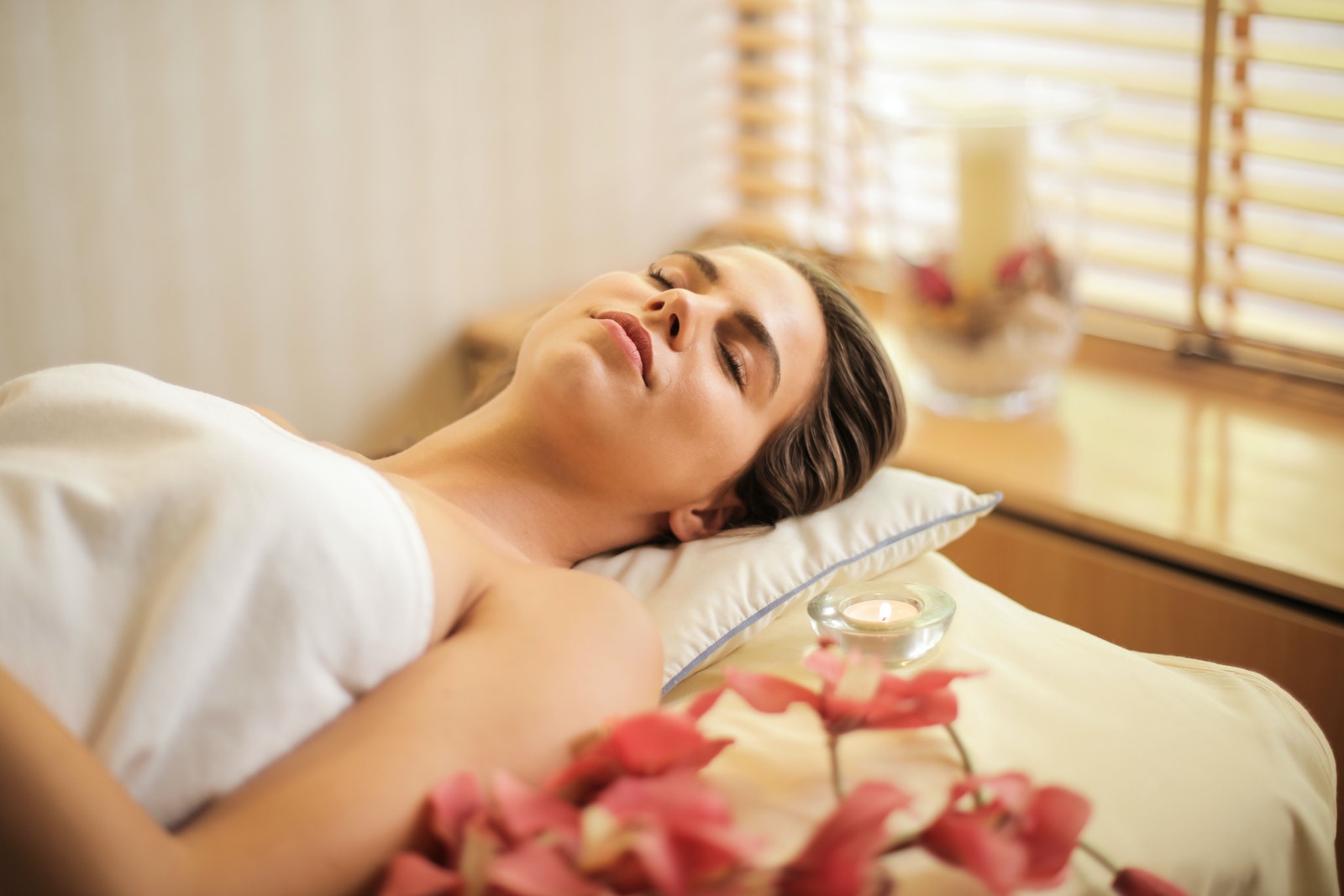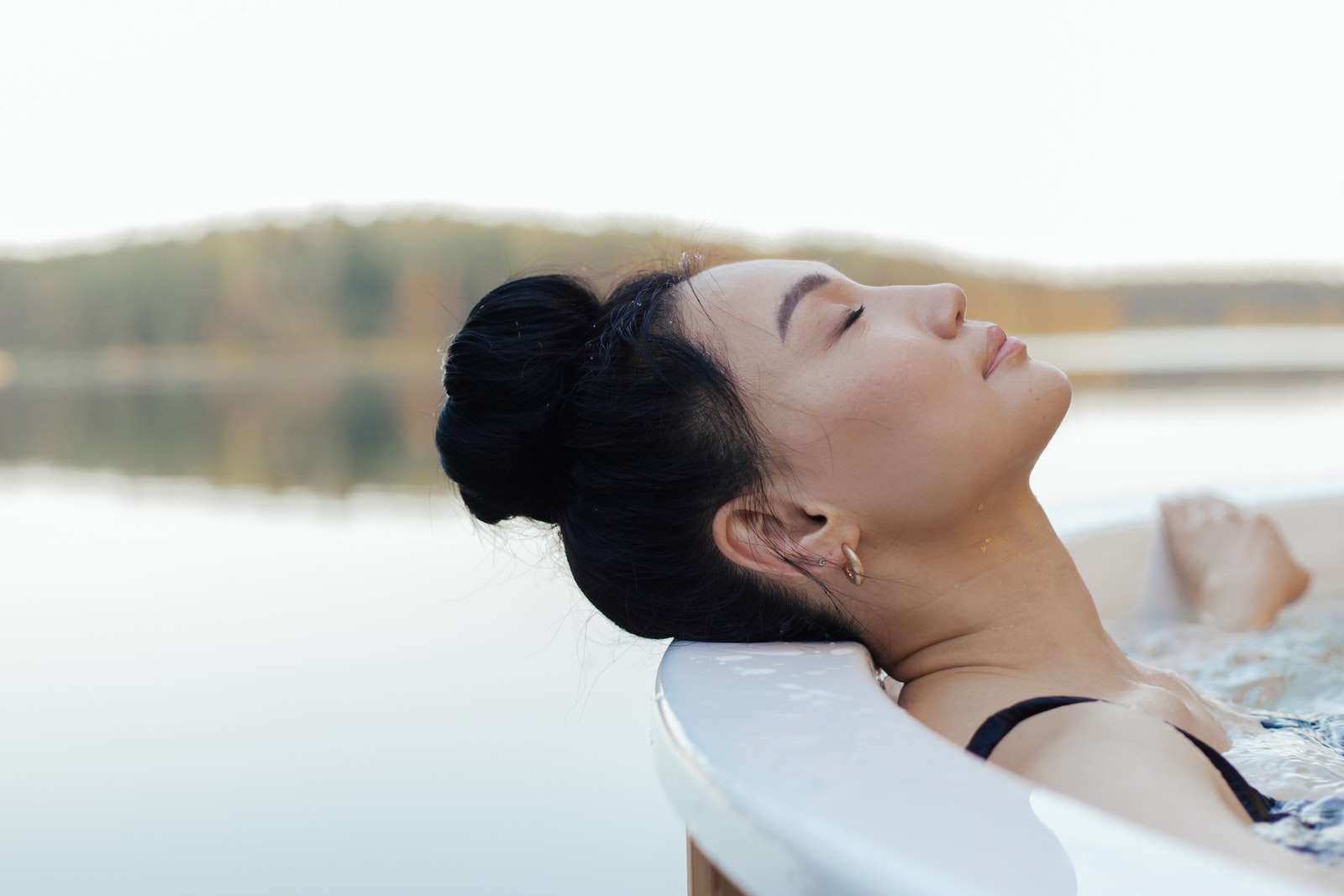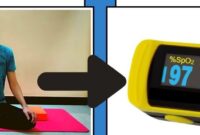
Relaxation techniques are essential to apply amid life’s turmoil that leads to stress. One popular relaxation technique is progressive muscle relaxation. This technique involves tension and relaxation of muscles to relieve anxiety and stress, which is recommended for insomniacs. Learn how to apply progressive muscle relaxation.
Progressive muscle relaxation is a deep relaxation technique that can control anxiety and other psychological disorders. This technique alternates between tension and relaxation in the body’s main muscles. It was introduced in the 1930s by an American physician named Edmund Jacobson.
Progressive muscle relaxation techniques are believed to be able to overcome various psychological disorders and pains in the body, including:
- Worry
- Stress
- Chronic pain in certain body parts
Usually, progressive muscle relaxants are administered to patients by doctors in conjunction with other relaxation techniques, such as systematic desensitization (a method commonly used to treat phobias). It can also be applied alone to comfort the body when dealing with anxiety and stress.
However, if you suffer from specific physical ailments, you should consult your doctor before trying progressive muscle relaxation and other relaxation techniques.

Steps to do progressive muscle relaxation
You can do relaxation easily at home. The following are the steps in doing progressive muscle relaxation according to the body area:
1. Forehead
- Contract the muscles in your forehead and hold for 15 seconds. Feel the muscles in your forehead getting tighter and tighter.
- Then, slowly release the tension in the forehead while counting for 30 seconds. Notice the difference in muscle sensation as you begin to try to relax.
- Continue releasing tension until your forehead feels completely relaxed. Breathe slowly and regularly.
2. Jaw
- Tighten the muscles in your jaw by closing them and holding them for 15 seconds.
- Then, slowly release the tension while counting for 30 seconds.
- Notice the relaxed sensation that appears and continue to breathe slowly
3. Neck and shoulders
- Increase the tension in your neck and shoulders by lifting your shoulders toward your ears. Hold for 15 seconds.
- Release the pressure slowly while counting for 30 seconds
- Pay attention to the relaxed sensation that appears
4. Arms and hands
- Slowly bring your fist to your chest and hold it for 15 seconds. Squeeze as tightly as possible.
- Then, slowly release while counting for 30 seconds
- Pay attention to the relaxed sensation that appears
5. Buttocks
- Slowly apply tension in the buttocks for 15 seconds
- Then, remove the pressure slowly for 30 seconds
- Notice the relaxed sensation that appears and continue to breathe slowly
6. Upper leg
- Slowly apply tension in the quadriceps and calves for 15 seconds. Tighten this muscle as hard as you can.
- Then, slowly release the tension for 30 seconds.
- Notice the sensation of relaxation that appears.
7. Lower leg
- Gently apply tension in the lower leg and toes. Tighten the muscles in this area as hard as you can.
- Then, release the tension slowly while counting for 30 seconds
- Notice the relaxed sensation that appears and continue to breathe slowly.

Tips for doing progressive muscle relaxation
For optimal results to deal with stress, recommended in a quiet place and free from distractions. You can apply this technique by lying down or leaning on your side in a chair.
When relaxing muscles in areas such as the jaw, forehead, or legs, you can place your hands on your stomach or the armrests of a chair. Do not forget to apply deep breathing techniques using the diaphragm muscle.
Then, while focusing on relaxing specific muscles, keep other body parts relaxed and calm so that the results of this technique can be optimal.
Progressive muscle relaxation is a relaxation technique that helps relax the body and control the symptoms of certain psychological disorders. If you do it right, it will overcome sleep problems such as insomnia.



